Asian Games Cricket Field at Zhejiang University of Technology’s Pingfeng Campus spans 49,400 square meters on the western side of the original track and field zone. Located at the base of Ziwu Tide Mountain in the Ziwu Tide National Forest Park, it shares proximity with the school library, bordered by the ancient Yunhe Canal Road to the south and Shangbu River Road to the north. The recently established venue encompasses a substantial building area of 12,689 square meters, gracefully distributed across three elevated floors.
Termed “The Red Lantern under the Big Roof,” the design stems from a profound acknowledgment of an era’s memories interwoven with a place’s culture. It endeavors, through the grandeur of the Asian Games, to deploy architectural nuances as a medium to highlight China’s traditional cultural richness on a global stage. The thematic inspiration stems from the ubiquitous “red lanterns” in folklore, encapsulating the spirit of reunion and celebration—an enduring symbol in Chinese culture.
The vision was to craft a cricket field infused with Hangzhou’s allure, a heartfelt tribute to the Hangzhou Asian Games. Adhering to the principle of “utilizing local materials according to local conditions,” the design strives to preserve the field’s intrinsic order, avoiding architectural interventions that may disrupt the organic unity between architecture and nature. Incorporating emotionally resonant “Gong Da Red” classic bricks seamlessly extends the university’s heritage into the building’s spatial forms and functions.
The structure, adorned with rough textures, bears the weighty simplicity of red bricks, encapsulating the cultural and historical sedimentation on its façade. Additionally, the architectural ingenuity unfolds in constructing an exaggerated “big roof,” amalgamating the original campus’s four-sloped roof form with surrounding angles, crafting a distinctive sharp inclination. Cantilevered eaves, tracing the curvature of the cricket field, carve out a luxuriant space underneath. Simultaneously, the roof design, employing inclined surface textures, achieves a visually delicate and slender effect.
The architectural narrative takes a turn with conceptualizing the “Rich Spring Residence in Ceramic Tiles.” Envisioned around the “ecological aesthetics” theme, the design draws inspiration from the “Rich Spring Residence” painting. Architectural elements and language intertwine with analyzing traditional landscape paintings, deconstructing mountain lines and angles to reintegrate them into the construction.
The pursuit is to reconstruct contemporary Chinese indigenous architecture, unveiling a poetic space for dialogue and contemplation with nature. A distinctive double-layer structure emerges on the building surface, featuring an outer layer dubbed a “brick curtain,” maintaining a 1.8-meter gap between inner walls.
Two variations of holes, measuring 240mm×240mm and 120mm×120mm, harmonize to mimic the landscapes of mountains in varying proximities. Parametric design methods dictate the distribution of openings based on lighting requisites, impeccably fusing the “Rich Spring Residence” with internal functional needs. The porous “brick shell,” revolving walls, and strategically placed gaps preserve the cricket field’s unobtrusive presence within the campus while deftly harnessing natural light and shadow interplay to reinterpret nature and mirror the splendor of Rich Spring’s landscape.
Transitioning to the epoch of post-Asian Games, a manifestation of sustainable architecture coexists on the campus grounds. Stemming from the Asian Games sports buildings, the focus pivots towards the myriad possibilities embedded within the campus context. A philosophy of shared openness permeates the building’s life cycle, serving as a conduit between culture and life, infusing sports buildings with distinctive public service value.
Conceived for a full life cycle and multifunctional utility, the field served its purpose during the Asian Games, hosting cricket matches and event broadcasts. Post-Games seamlessly transforms into the epicenter of diverse university activities, adeptly catering to the school’s and society’s needs. Retaining the original event functions and outdoor spaces on a singular level, post-Games caters to the exigencies of sports education and event activities.
The main building, coupled with the east-side sports field grandstands, births a 12-meter-wide inner street, deftly unfurling public spaces and organically integrating with the university campus. Post-game metamorphosis ushers in a pedestrian zone, evolving into a creative nexus for students. Slanted second-floor platforms interlink the east and west grandstands, adorned with scenic steps at each corner, fashioning spaces for learning, exchange, leisure, and panoramic vistas for teachers and students alike.
Beyond its physicality, the Asian Games Cricket Field explores sports architecture design under the aegis of new-era developmental concepts. It probes the potential of sports to empower cities, contributing to robust urban development in consonance with the imperatives to fast-track the construction of a formidable sports nation. The aspiration echoes in the hope that the insights gleaned from the cricket field’s construction metamorphose into an enduring “Asian Games legacy” in Hangzhou’s venue construction.
Project Info
Architects: AZUT
Area: 12689 sqm
Year: 2021
Lead Architects: Lei Zhuang, Jun Li
Clients: Zhejiang University of Technology
Photographs: Qingshan Wu




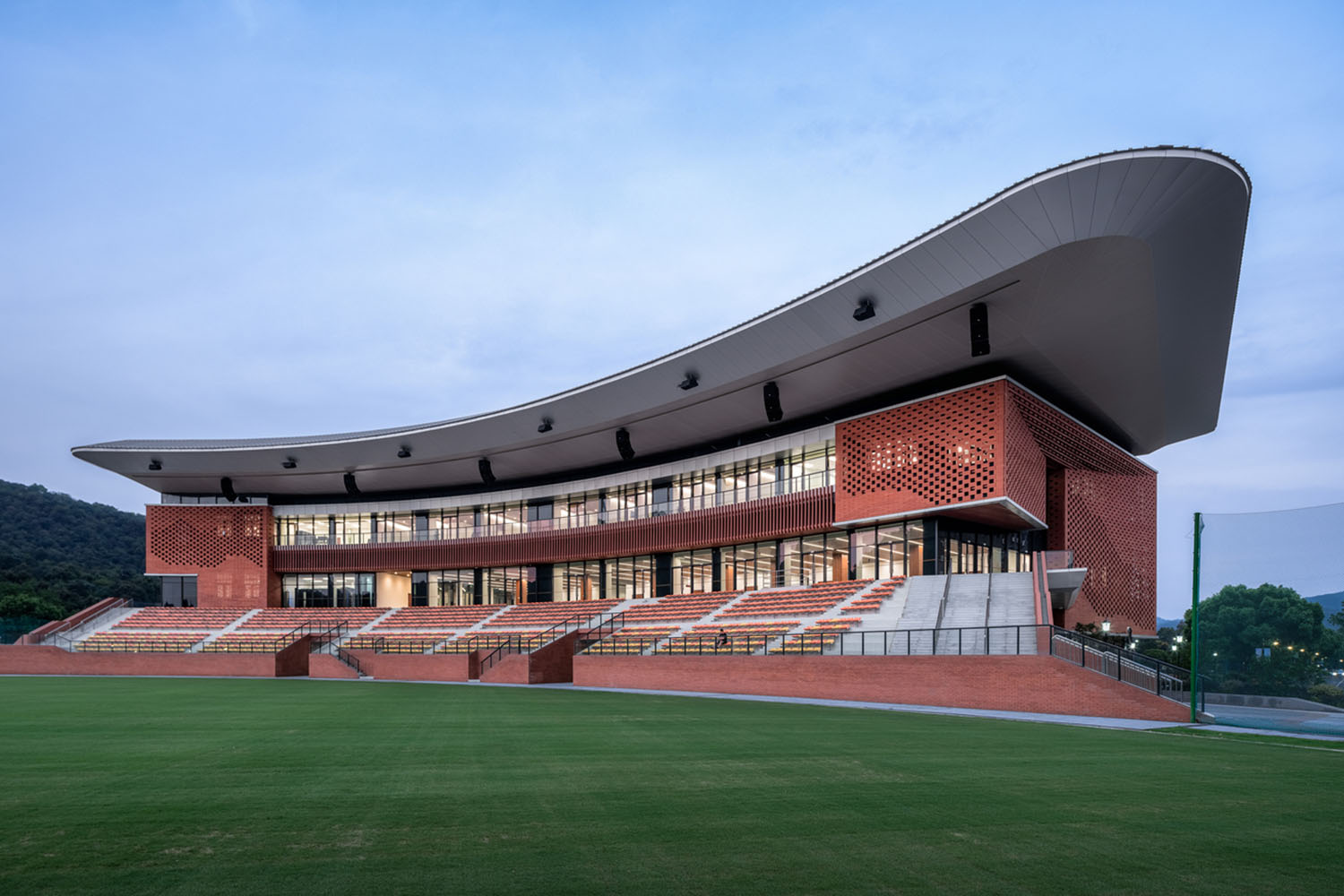
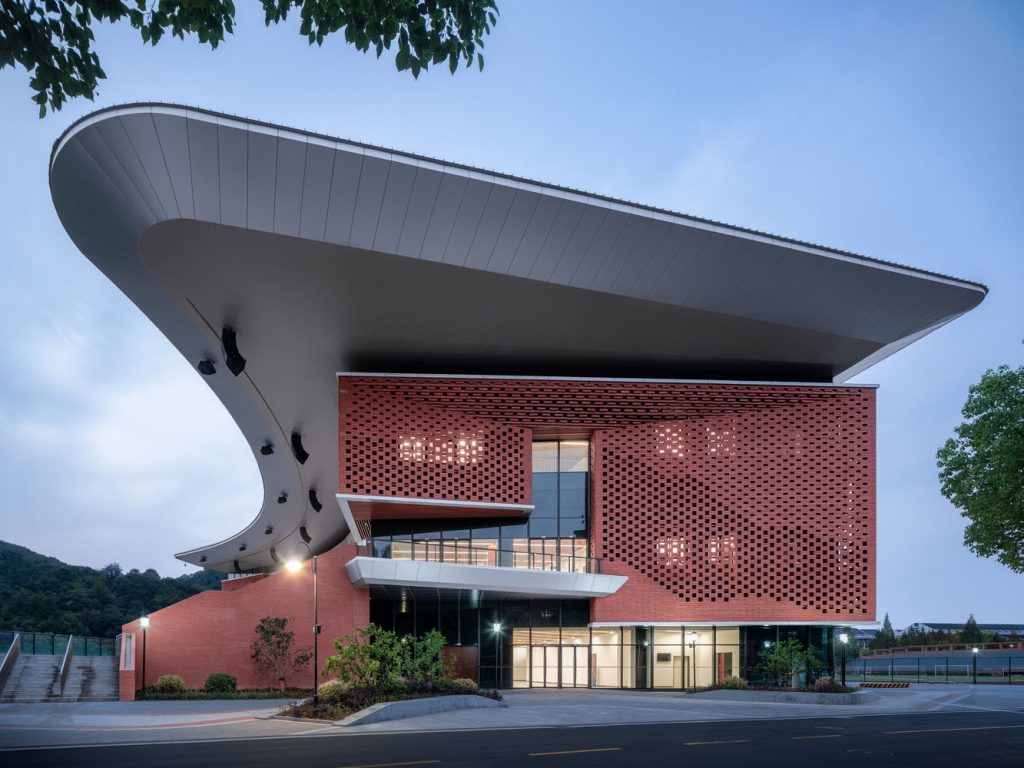
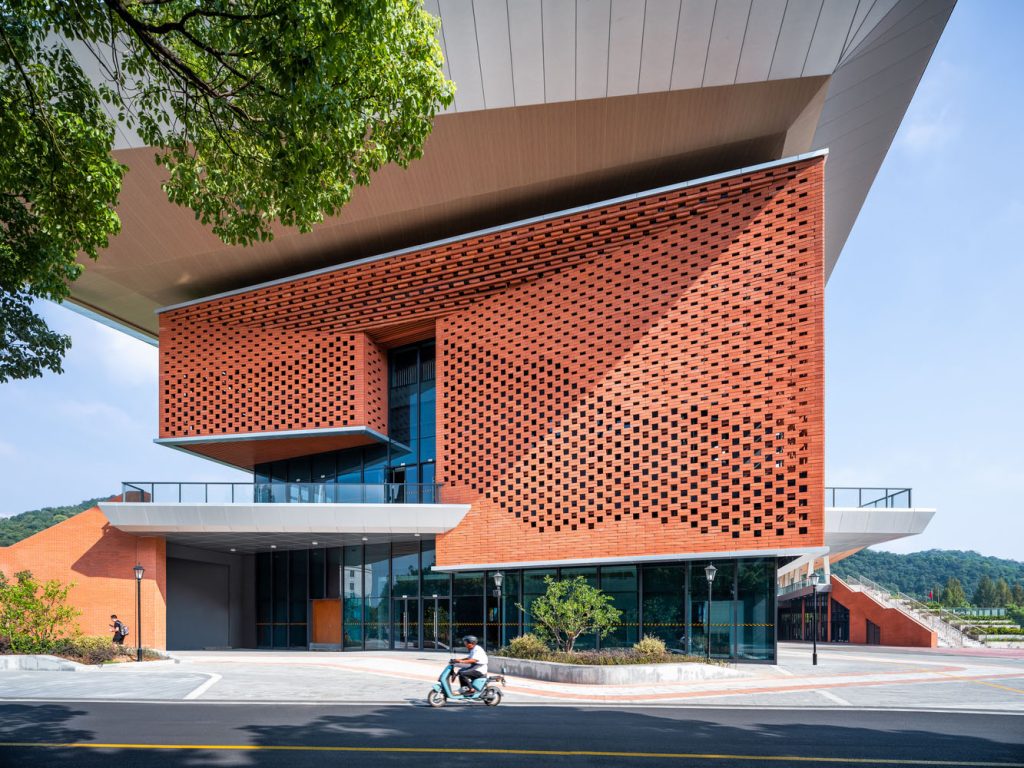
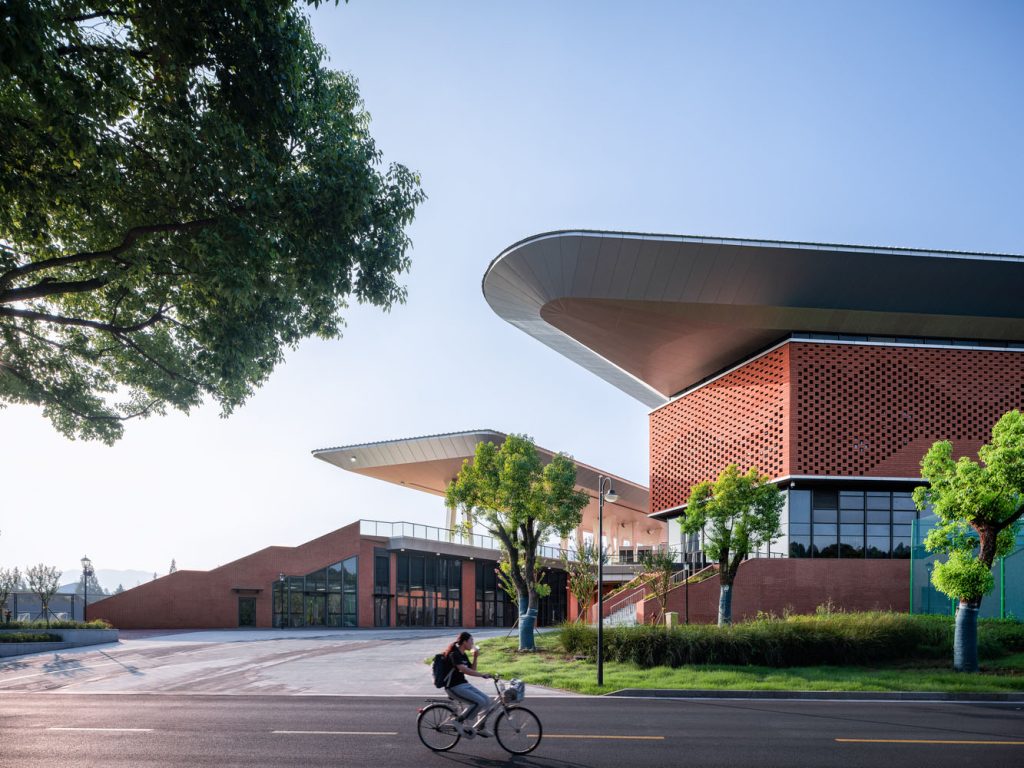
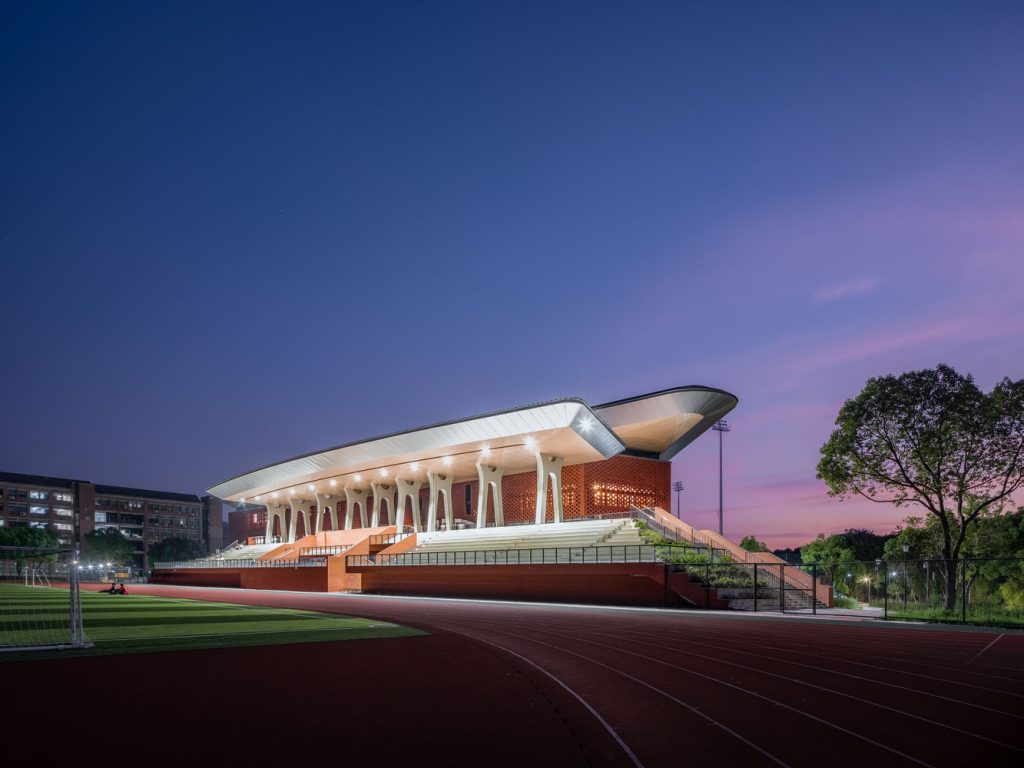
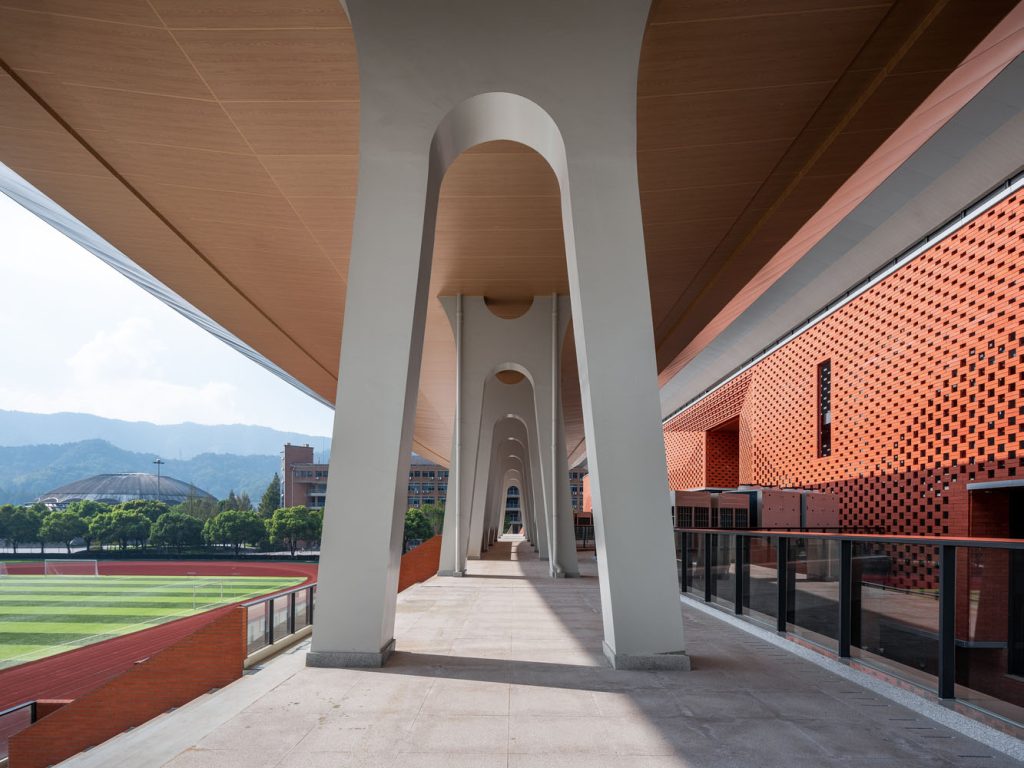
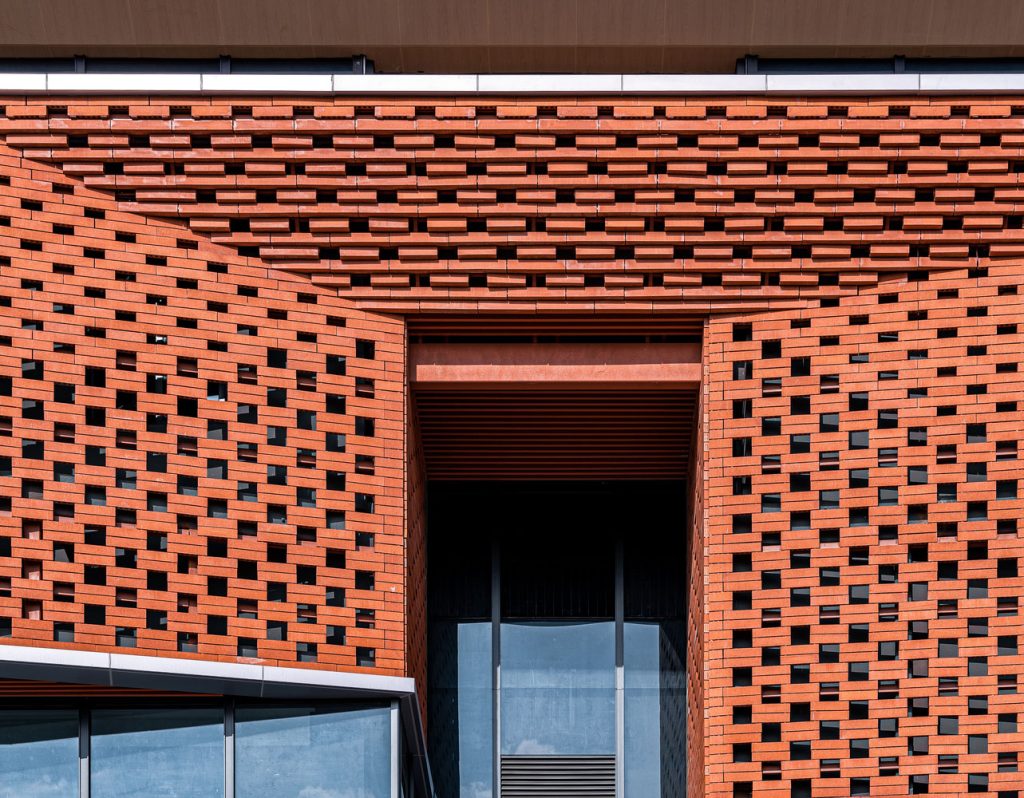




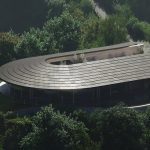









Leave a comment